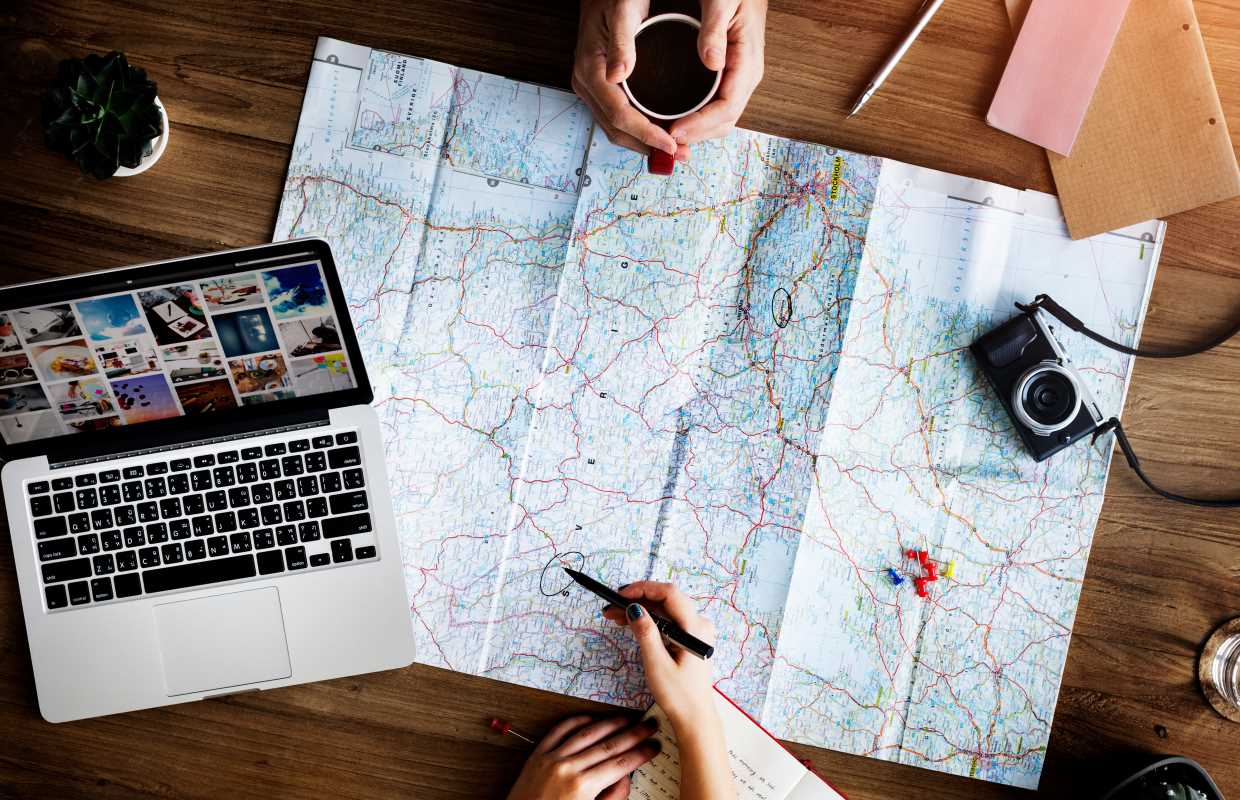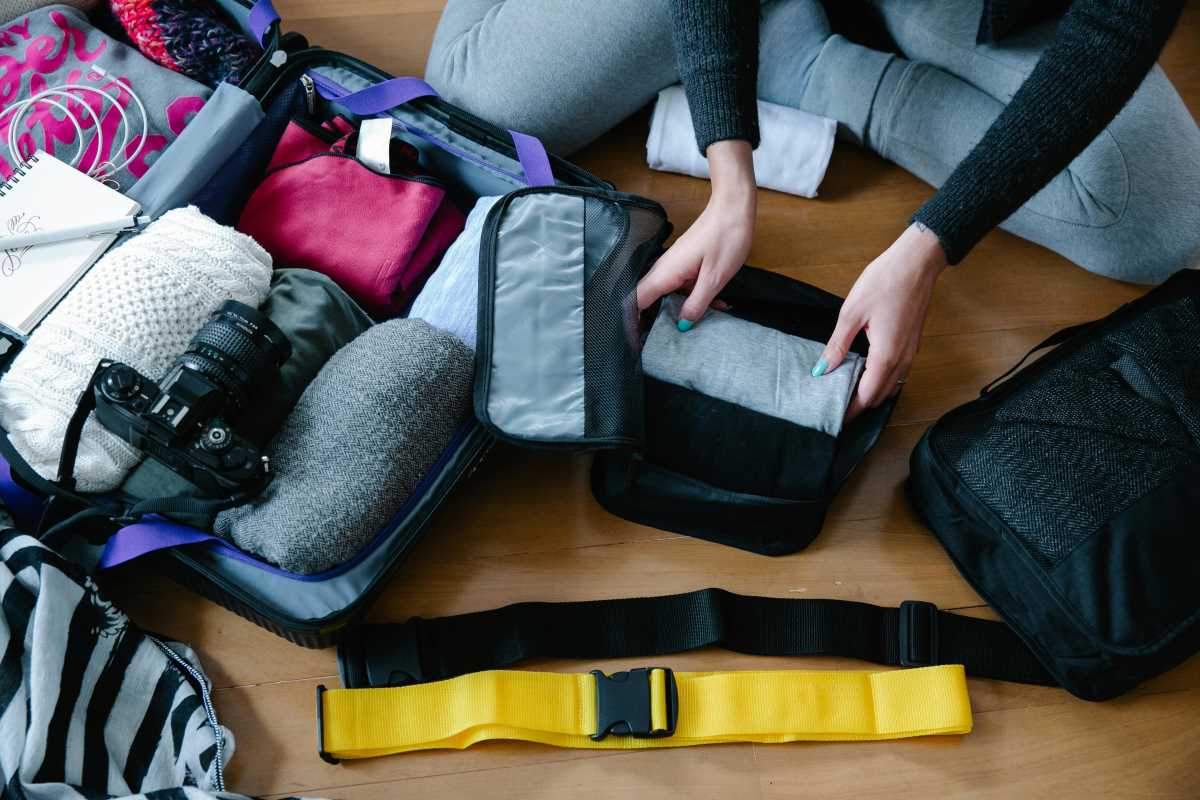Organizing a train journey across multiple countries in Eastern Europe opens up a world filled with remarkable experiences and unique discoveries that extend well beyond ordinary travel. This guide shares helpful advice and practical steps to help you move easily through the region’s rich cultural heritage and breathtaking scenery. You will find clear directions for managing routes, booking tickets, and making the most of each stop along your route. Each tip aims to simplify your journey, making every stage of planning and travel enjoyable. Whether you have explored Europe before or are setting out for the first time, you can look forward to a smooth and memorable adventure.
How to Choose Your Destinations and Route
Begin by mapping out your route and selecting the destinations that most pique your interest. Eastern Europe features a rich mix of history, architecture, and lively street life. Think about the experiences you want to have, whether that's exploring medieval towns, tasting local cuisine, or simply watching the countryside pass by through a train window. With so many unique options, your route can include popular hotspots as well as hidden gems off the beaten path.
Consider various factors when planning your trip. Keep these key points in mind:
- Geographical proximity and ease of travel between cities.
- Variety in experiences – from lively urban centers to peaceful villages.
- Local festivals or seasonal events that could enhance your trip.
- Cultural highlights such as museums, historic sites, and food traditions.
- Your personal interests and travel style.
How to Book Train Tickets and Passes
Organize your train tickets and passes early to save time and reduce stress. Booking in advance guarantees you seats during busy travel periods and allows you to research the best routes to fit your schedule. The process is usually straightforward, but paying close attention to details makes a significant difference.
Follow these steps to book your rail journey:
- Research rail passes like the *Eurail* or *Interrail* options, and select the one that best suits your travel plan.
- Visit official websites or trusted travel agencies to compare prices and schedules.
- Outline your travel itinerary with specific dates for each leg of your journey.
- Buy tickets or passes online; always verify if seat reservations are necessary alongside your pass.
- Confirm your bookings and save digital copies along with printed ones, so you're ready for border checks and unexpected travel issues.
What to Pack and How to Prepare
Being well-prepared for a multi-country train trip involves packing wisely and mentally readying yourself for the adventure. Packing light makes it easier to move between cities and adapt to changing travel situations with greater ease. Focus on versatile clothing, essential travel documents, and items that add comfort during long train rides.
Keep these tips in mind:
- Bring layers and weather-appropriate clothing to handle different climates.
- Carry a small daypack for daily outings.
- Bring necessary electronics and chargers, along with a universal power adapter.
- Keep copies of important documents such as your passport, tickets, and insurance information.
- Consider packing a travel guide or downloading offline maps and translation apps to assist with local navigation.
How to Handle Language Barriers, Currency, and Local Customs
Traveling through Eastern Europe means encountering diverse languages, currencies, and customs. Prepare yourself by learning basic phrases in the local languages of the countries you'll visit. Locals appreciate visitors who make an effort to communicate, even with simple greetings or thank yous.
Stay receptive to new experiences and respect cultural differences. Focus on learning a few words in each language, understanding local tipping practices, and familiarizing yourself with everyday customs. Exchange a small amount of cash into the local currency for immediate expenses, but also carry a widely accepted credit card for larger purchases or emergencies.
How to Manage Logistics: Accommodations, Transfers, and Schedules
Handling logistics efficiently ensures your journey runs smoothly. Make sure each train departure, hotel check-in, and local transfer occurs on time. Many websites provide clear train schedules and options for booking accommodations, helping you plan a route that minimizes downtime and maximizes exploration.
If you're new to these trips, remember that planning a multi-country train journey requires attention to detail. Choose accommodations near train stations and double-check transfer times for connections. When necessary, local tourism offices can offer current bus or taxi schedules to help you stay on schedule.
This trip across Eastern Europe lets you experience a mix of history, culture, and natural beauty, all connected by scenic train routes. With a well-thought-out route that balances the thrill of new discoveries with the convenience of organized travel, every moment on your journey becomes both manageable and enriching.
Every train journey offers new experiences. Enjoy each stop, meet locals, and let your curiosity reveal the stories along the way.






.jpeg)
